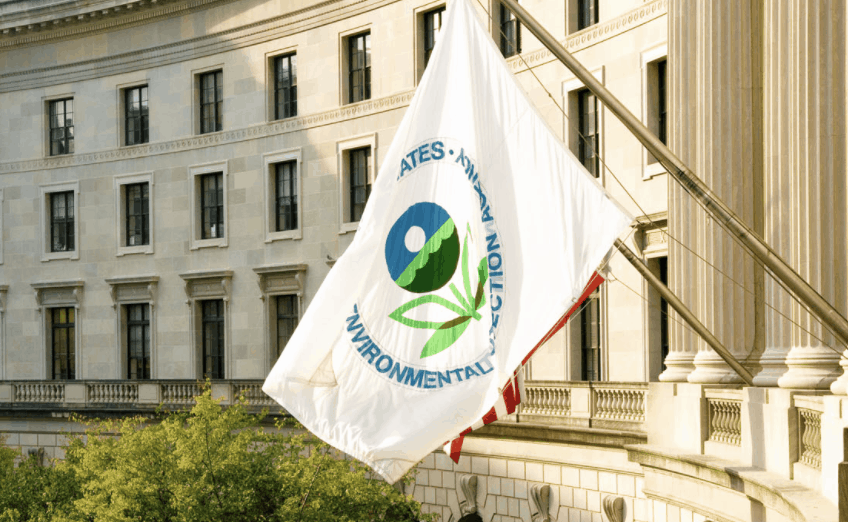Support Builds for EPA to Reconsider Endangerment Finding

 In the 2007 case Massachusetts v. EPA, the Supreme Court held that Environmental Protection Agency had the power to regulate carbon dioxide as a pollutant under the Clean Air Act, which requires the agency to regulate pollutants from new vehicles when they “cause, or contribute to, air pollution which may reasonably be anticipated to endanger public health or welfare.” The court went on to rule that the EPA had failed to adequately explain its decision not to regulate carbon dioxide in this manner.
In the 2007 case Massachusetts v. EPA, the Supreme Court held that Environmental Protection Agency had the power to regulate carbon dioxide as a pollutant under the Clean Air Act, which requires the agency to regulate pollutants from new vehicles when they “cause, or contribute to, air pollution which may reasonably be anticipated to endanger public health or welfare.” The court went on to rule that the EPA had failed to adequately explain its decision not to regulate carbon dioxide in this manner.
In December 2009 under then newly-inaugurated President Obama, the EPA issued the so-called “endangerment finding” that six greenhouse gases—carbon dioxide, methane, nitrous oxide, hydrofluorocarbons, perfluorocarbons, and sulfur hexafluoride—in combination contribute to pollution which is anticipated to endanger public health and welfare. It is on this basis that the EPA started regulating carbon dioxide in vehicle emissions.
In October 2015, the EPA finalized similar regulations for new fossil fuel electric power stations, but without issuing a new endangerment finding. Those regulations included carbon capture and storage requirements which it found to be the “best system of emission reduction” (BSER). Even at the time, the EPA found that the rule would result in “result in negligible CO2 emission changes” due to it being economically infeasible to construct new coal fuel electric power stations.
Now, under the Trump administration, the EPA is seeking to revise the requirements for fossil fuel electric power stations establishing higher allowed emission rates and revising the BSER. As part of this regulatory change, the EPA requested comments in a “New Source Proceeding,” 83 FR 65424, noting that:
[T]he Agency will consider comments on the correctness of the EPA’s interpretations and determinations and whether there are alternative interpretations that may be permissible, either as a general matter or specifically as applied to GHG emissions.
Included in this was explicitly “whether the EPA must make a new endangerment finding each time the Agency regulates an additional pollutant by an already-listed source category.”
Despite this very clear call for comments concerning the carbon dioxide endangerment findings by the EPA, an agency spokesperson at a press conference declared that “The proposal doesn’t take comment on the endangerment finding.” This, of course, was contrary to their explicit call for comments concerning whether a new endangerment finding was required.
Well, the comment period has ended. Many in industry argued that the EPA must issue a new endangerment finding to regulate these new sources. Additionally, there were many calls for the EPA to reconsider the original endangerment finding in its entirety. This supports the still-pending petitions for such reconsideration that were filed in 2017 by CEI and the Science and Environmental Policy Project, and by the Concerned Household Electricity Consumers Council. CEI/SEPP and CHECC filed supporting comments as well in the current rulemaking.
In short, the recent comments in the EPA’s New Source proceeding may indicate that those 2017 petitions are still being actively considered.